|
You have to strike while the iron is hot here in DC, so when the sky was clear again last night, with seeing and transparency both forecast to be average, I shrugged off my late night fatigue and trudged outside, Takahashi in hand. I didn't have it in me to walk all the way to the park, so I walked over to the (much closer) church. Unfortunately the bushes that once shielded me have been trimmed, so it's now impossible to avoid the white glare of nearby streetlights. That stops my eyes from fully adjusting to the dark - which means that, when I'm at the church, deep space objects (other than double stars) are out of reach. Luckily the waxing Moon was high in the sky. Once glance at the Moon - and the Capitol Dome shimmering downhill - confirmed that seeing would be quite good tonight. I used my Berlebach Report tripod, which can just handle the FC-100DZ on either my AYO II mount, or the DiscMounts DM-4 that I recently acquired. The bigger Uni tripod is definitely much sturdier - I used it last time in better seeing - but heavy enough that I didn't want to bring it out tonight. Once again, my first glimpse of the Moon was a little disappointing tonight. Yet after a few minutes, the telescope and my eyepieces cooled down, and everything snapped into focus. If you ask me, the Moon is at its best when (roughly) half illuminated, especially the northern hemisphere. As I've written here before, I get a real kick out of following how the appearance of the crater Plato changes with the coming and going of lunar day; those changes became a fixation for nineteenth-century Selenographers hoping to detect evidence for volcanism - or perhaps life - on the Moon. Tonight I thought I could just about make out a few craterlets in Plato: a classic test for good seeing (and good optics). Further south, the huge crater Copernicus is also a pleasure when the terminator is nearby. As Air Force and Army lunar mapping projects competed with one another in 1959, Patricia Marie Mitchell Bridges labored in secret to sketch the crater - and create the finest representation of a lunar environment produced to that point. Thereafter, Air Force maps would pave the way for NASA's expeditions to the Moon. If you ask me, the human history of this corner of the Moon is among the strangest - and richest.
For me, the view tonight was not quite as crisp and clear as it was on the 20th. Still, the Takahashi acquitted itself well, despite the relatively wobbly mount. After about 40 minutes I hit the wall and packed up, exhausted but satisfied.
0 Comments
Leave a Reply. |
Archives
March 2024
Categories
All
|
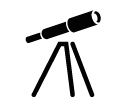
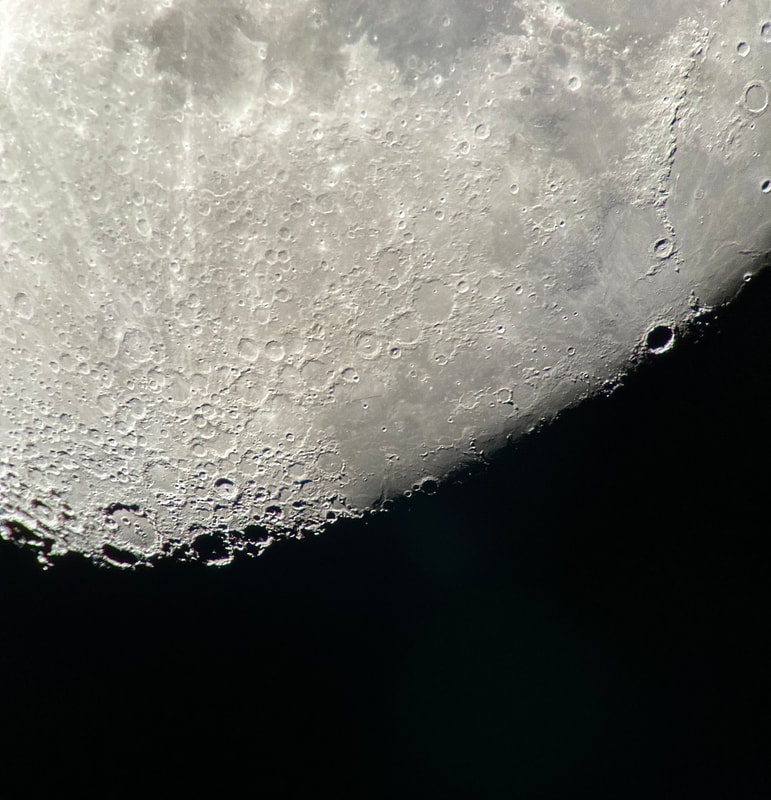
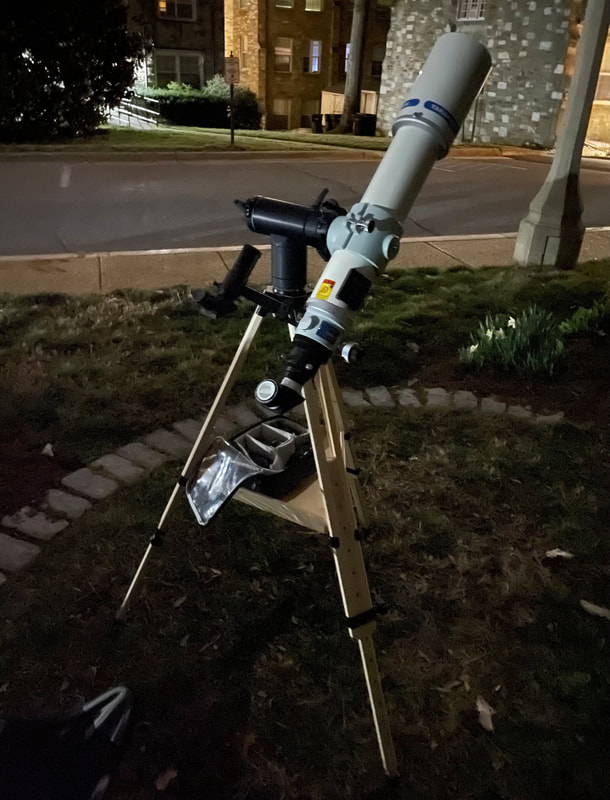
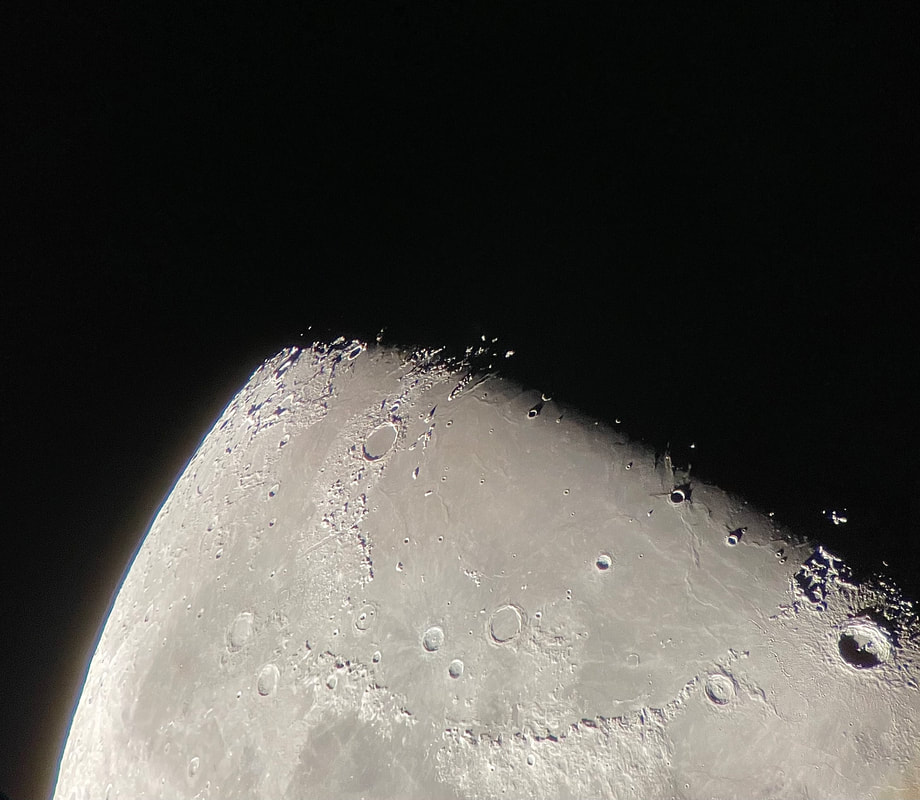

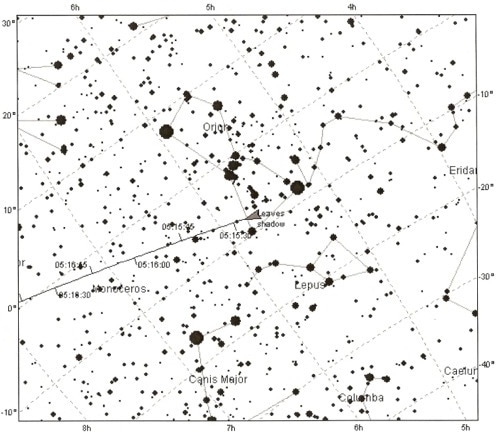
 RSS Feed
RSS Feed